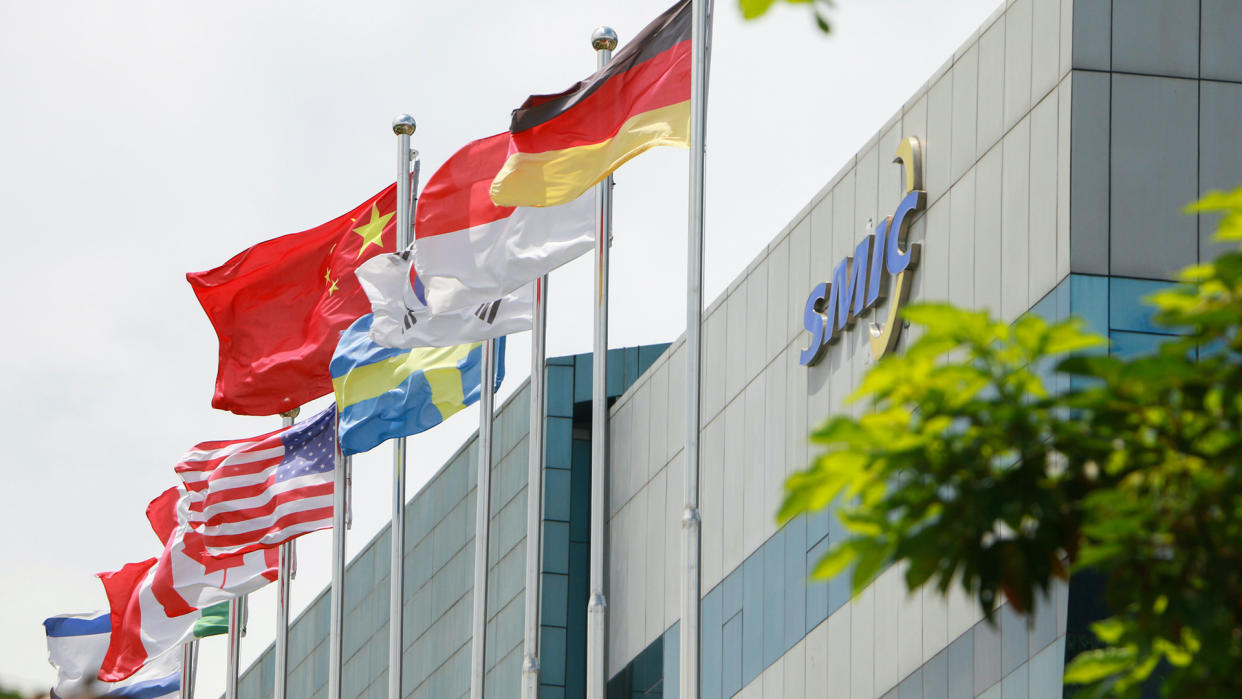U.S. Cannot Halt China's Semiconductor Advance to 5nm: Ex TSMC VP

China's SMIC and Huawei have surged ahead in chip technology, defying the U.S. restrictions aimed at curbing their technological advancements, Burn J. Lin, a former TSMC vice president, told Bloomberg in a rare interview. He believes ASML lithography tools that SMIC already owns will allow the company to advance to a 5nm-class fabrication process.
"It is just not possible for the US to completely prevent China from improving its chip technology," Lin told Bloomberg.
Despite the U.S. imposing technological constraints via sanctions, SMIC has showcased notable resilience and ingenuity by developing its 2nd generation 7nm-class fabrication process. It also achieved yields high enough for Huawei to make plans to supply 70 million smartphones. SMIC allegedly used ASML's Twinscan NXT:2000i litho tool, which is a deep ultraviolet (DUV) lithography scanner that can produce chips on 7nm and 5 nm class process technologies. Exports of this tool to China were curbed by the Dutch government earlier this year.
The resolution that the Twinscan NXT:2000i features (≤38nm) is good enough for 7nm-class single-patterning lithography mass production. However, when it comes to 5nm-class process technologies, a finer resolution is required. To produce it, chipmakers can use double, triple, or even quadruple patterning, a lithographic technique that involves splitting a complex pattern into several simpler patterns, which are printed sequentially to achieve higher precision and detail in semiconductor manufacturing. Usage of multi-patterning is a tricky process that affects yields, and the amount of chips per wafer that can be used, so typically its usage is limited due to economic reasons.
But being limited to tools that it already owns, SMIC has no other option but to use multi-patterning for finer resolutions. Apparently, it has managed to achieve yields acceptable to Huawei. As a result, one can ask whether the U.S. government's curbs against China's semiconductor sector work.
"What the US really should do is to focus on maintaining its chip design leadership instead of trying to limit China's progress, which is futile as China is adopting a whole nation strategy to boost its chip industry, and hurting the global economy," former-TSMC R&D VP Lin is reported to have said.
Interestingly, the U.S. sanctions seem to have inadvertently opened the doors of opportunity for SMIC. The restrictions imposed on TSMC, barring it from transacting with certain Chinese entities, have allowed SMIC to step in and capitalize on substantial orders. This shift has facilitated SMIC's enhancement of its manufacturing techniques and technological capabilities.
- Questions and Answers
- Opinion
- Motivational and Inspiring Story
- Technology
- Live and Let live
- Focus
- Geopolitics
- Military-Arms/Equipment
- Beveiliging
- Economy
- Beasts of Nations
- Machine Tools-The “Mother Industry”
- Art
- Causes
- Crafts
- Dance
- Drinks
- Film/Movie
- Fitness
- Food
- Spellen
- Gardening
- Health
- Home
- Literature
- Music
- Networking
- Other
- Party
- Religion
- Shopping
- Sports
- Theater
- Health and Wellness
- News
- Culture


